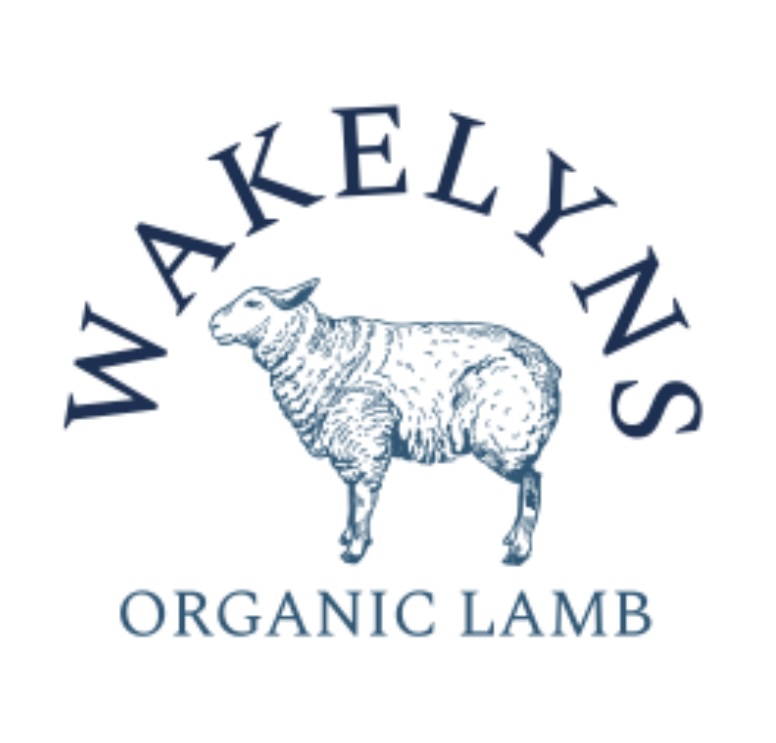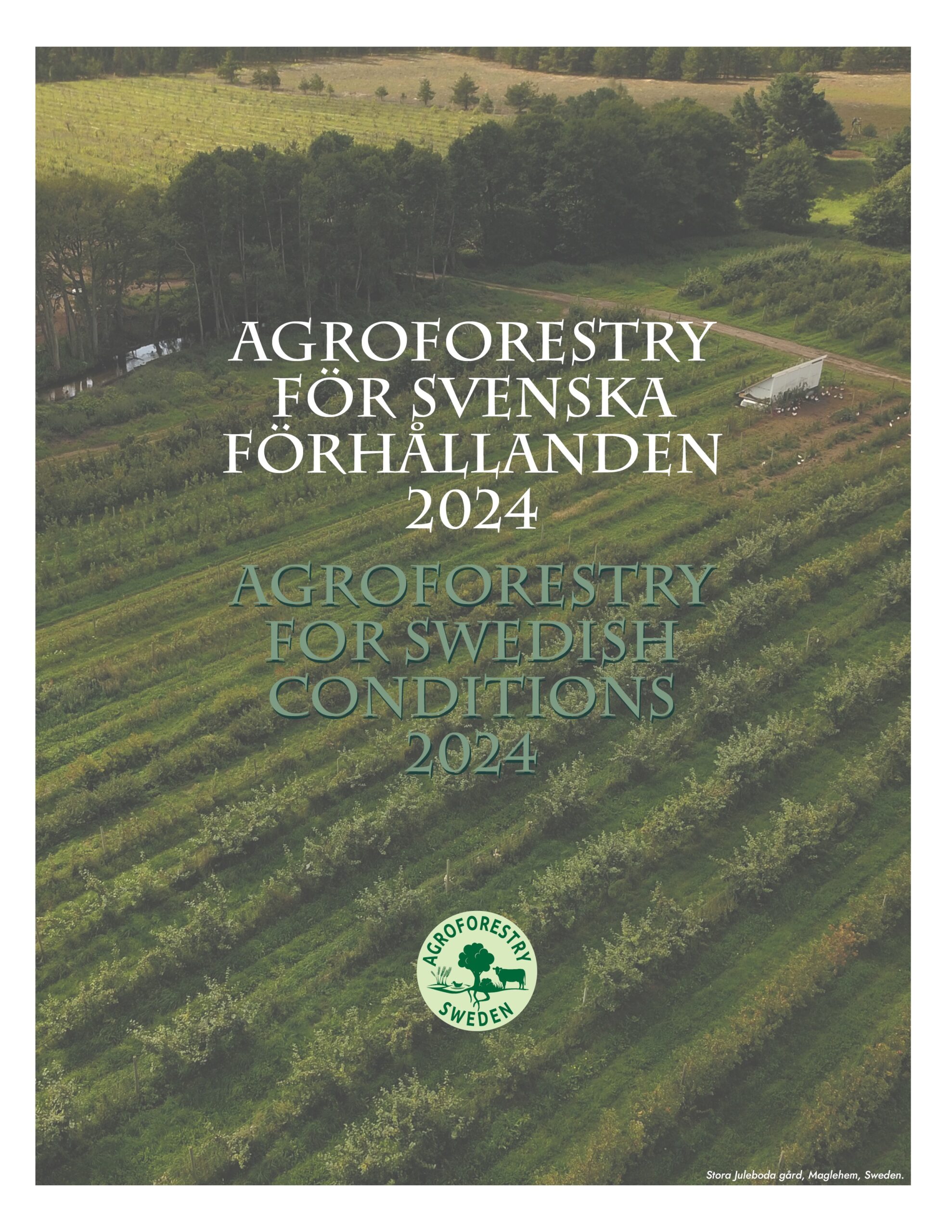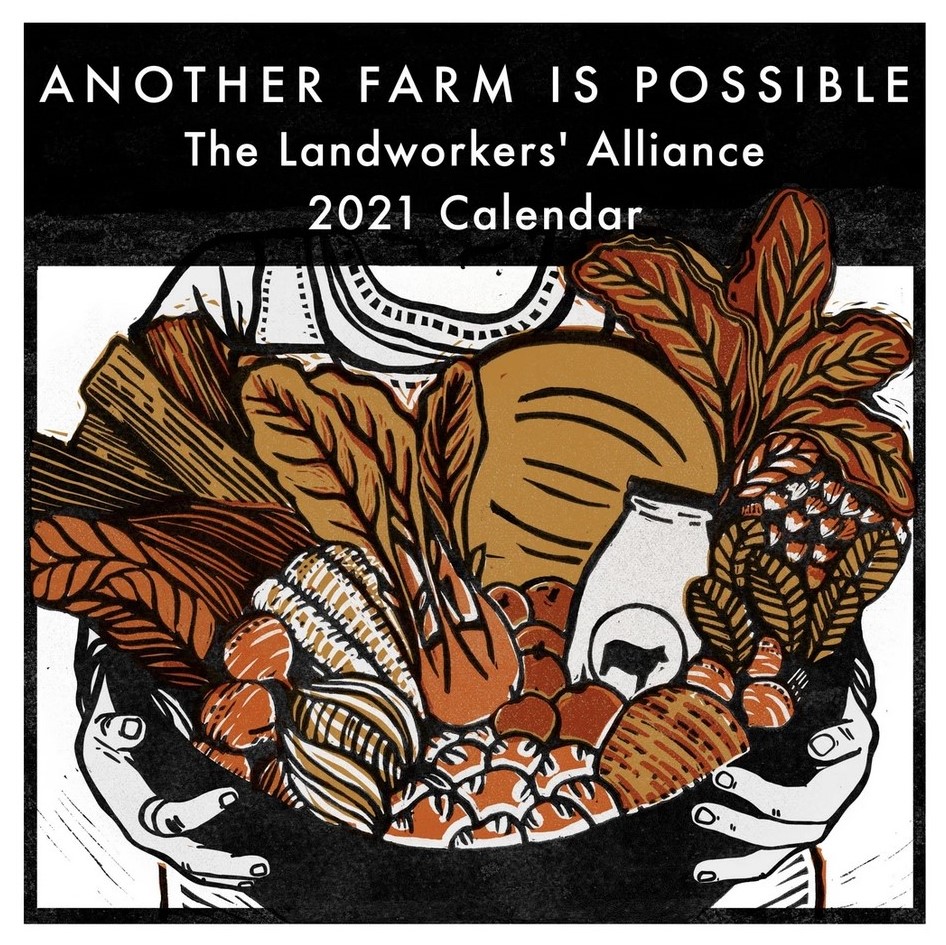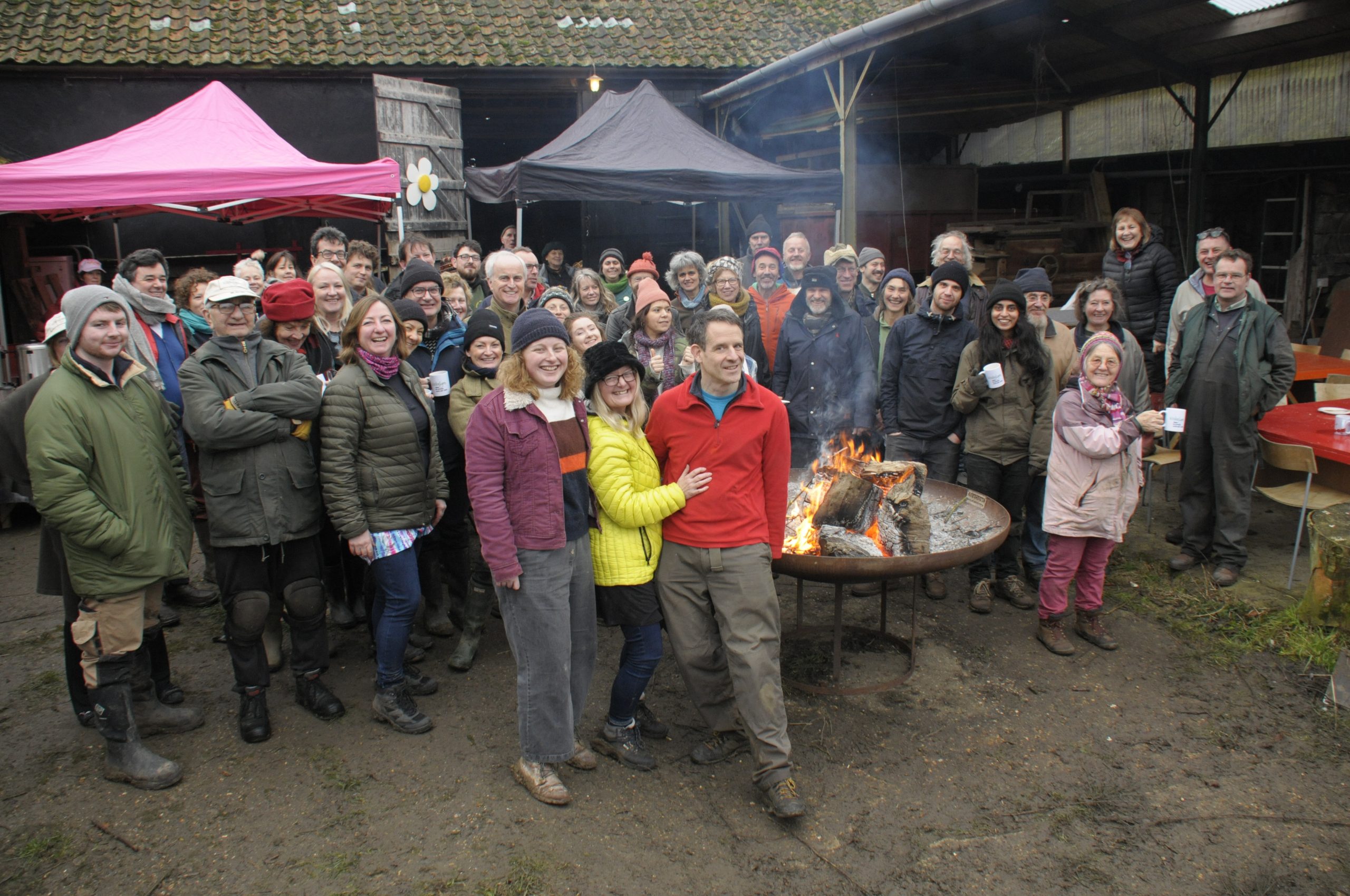The “Composite Cross populations” which provided the YQ and Q population wheat which we know today were made by Professor John Snape and his team at the John Innes Centre.
John Snape chose the ‘parents’ in collaboration with Martin Wolfe (in his capacity as Research Director for what was then known as the Elm Farm Research Centre (EFRC), now the Organic Research Centre, ORC).
The John Innes team made all the 190 crosses and grew the F1s and subsequent F2 and F3 generations before handing over the population to the EFRC team at Wakelyns team for testing and further work.
This work was part of a joint project between the John Innes Centre and EFRC. funded by Defra.
Here’s an extract from the proposal to DEFRA
1. Generation of Composite Cross Populations
The generation of the CC populations will be conducted in the first 22 months of the proposed project (November 2001 – August 2003).
1.1. Select parent lines to produce composite-cross populations: John Innes Centre + EFRC
Records from breeding and related organisations will be scanned to identify varieties that enjoyed long commercial life in the UK under lower-input conditions. Additionally, in the 2000/1 season the John Innes Centre is growing a collection of 800 wheat varieties chosen to represent a World eco-geographical spread, and which demonstrates a range of morphological variation. From these, 20 will be chosen on phenotypic characteristics and using new information on the distribution of DNA marker microsatellite variation that allows a comprehensive analysis of the pedigrees of wheat varieties. Coefficients of ancestry will allow choice of varieties that cover a wide range of relevant geographical and character variation. Of the 20 parent lines, 10 will be selected to include varieties that have good milling potential, whilst the remainder will be selected to include varieties that have high yield potential. Sufficient seed of the selected candidate varieties should be available from the JIC and gene banks, but reserve varieties will be chosen so that the crossing programme can start on schedule.
1.2 Produce six composite-cross populations: John Innes Centre
The chosen parents will be inter-crossed in all combinations to produce 190 crosses. These crosses will then be separated into three sets; one comprising crosses from parents with good milling potential (45 crosses), one comprising crosses from parents with high yield potential (45 crosses) and one comprising both parent sets (100 crosses). Concurrently, a naturally occurring male sterile line will be crossed with all 20 parents. The male-sterile F1s will then be crossed with the parental set to give an F2 population segregating 3 male sterile to 1 non-male sterile. This will produce about 12 kg of seed. The same year, F1 plants from the initial crossings will be selfed. Each of the 190 crosses will produce 100 F1 grains, making it possible to grow 15,000 F2 plants, each of which will produce approximately 30 g of F2 grain, giving a total of 450 kg. Simultaneously, a random sample of the F1s will be intercrossed to give about 200 crosses, each of which effectively has four parents. F2 plants will generate about 90 kg of seed for mixing with the main bulk to add more heterogeneity. Seed from the three resulting CC populations will be divided into two lots; one will be mixed with male sterile seed to give the male sterile CC populations, with about 1 plant in 35 having male sterility. The other lot will not be mixed with male sterile seed. This will provide the six composite cross populations. Samples of the F3 CC populations will be entered into the seed bank at the John Innes Centre.
And here’s a copy of the final report to DEFRA.









